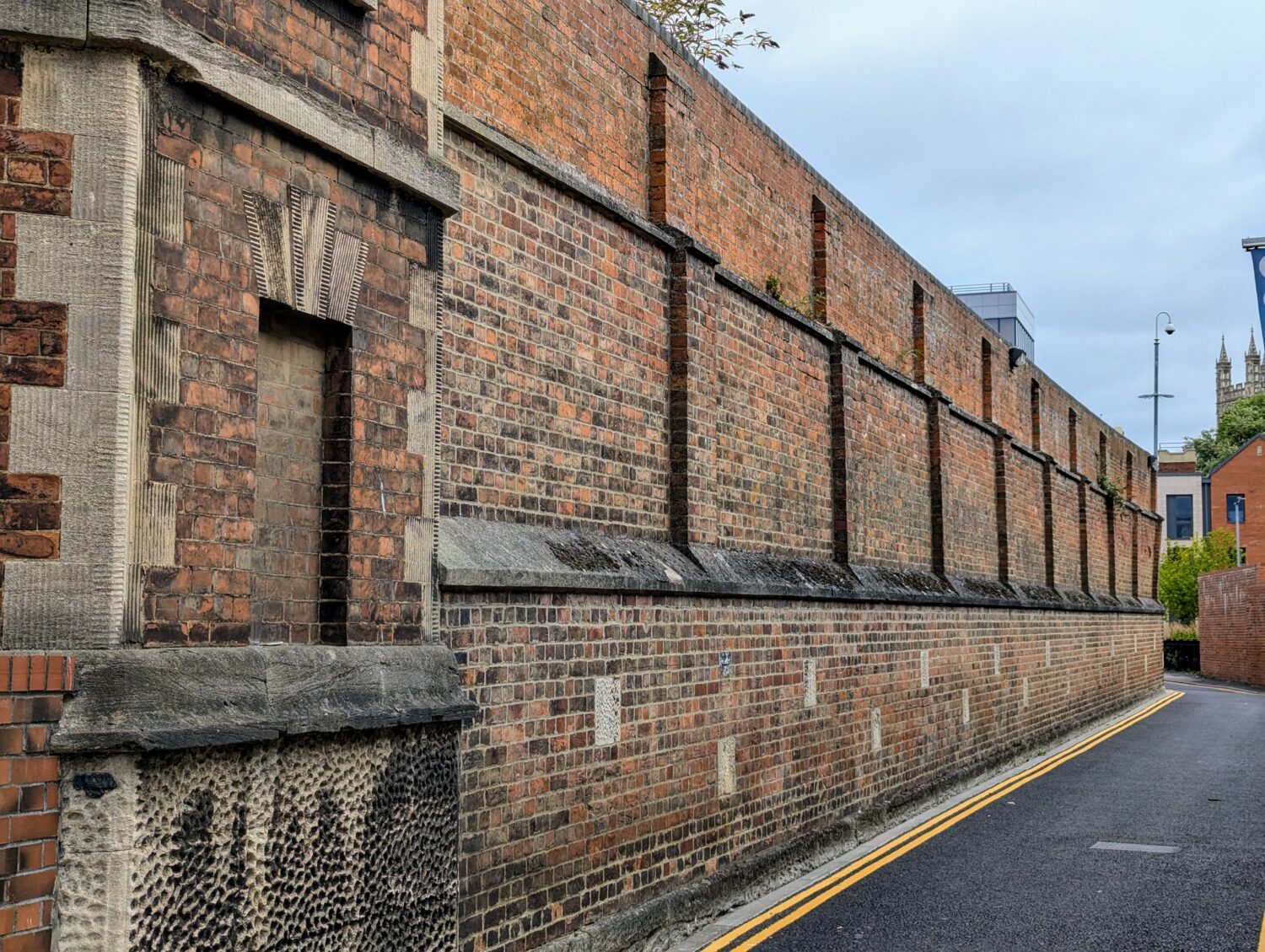Top of the agenda
Criminal justice was once again a key election issue. Sam Julius sets out why prison reform should now be a priority
Criminal justice policy has always been hotly contested political terrain, no matter the colour of government. Appearing tough on crime produces favourable tabloid headlines and is viewed as a vote-winner at the ballot box. Accordingly, the system has been buffeted by an ongoing rhetorical and legislative arms race by the two main parties, culminating in England & Wales having the highest imprisonment rate in Western Europe.
As new justice secretary Shabana Mahmood’s speech a week after taking office indicated, at a macro level, our prisons are in crisis: overcrowded and understaffed, without the necessary resources to effectively rehabilitate the people inside them. Two-thirds of our prisons are overcrowded. According to the Prison Reform Trust, there are 10 per cent fewer staff – despite efforts to increase prison officer recruitment – than there were in 2010. Vital experience is being lost. As of June 2023, 30 per cent of band 3–5 prison officers had less than two years’ experience, up from 19 per cent in 2017.
The impact of this crisis is clear. Government statistics show that self-harm incidents increased across prisons for men and women, up 17 per cent (in the 12 months to September) overall. Over the same period, the rate of assaults increased by 14 per cent. The rate of assault by prisoners on staff was up 10 per cent. In the most recent quarter of available data, there was a 23 per cent increase in deaths in custody. Without prison regimes that are safe and secure, and that offer an environment in which people are able to access the services they need to support their rehabilitation, then what are prisons really for? In the Chief Inspector of Prisons’ latest annual report, he made clear that “far too many prisons [are] continuing to operate greatly reduced regimes in the last year.” The result is people being left, locked in their cells, for significant periods of time. This greatly reduces the amount of purposeful activity that can be undertaken – including through education and work – key to supporting a person’s successful reintegration back into society on their release.
Given these conditions, is it any wonder that reoffending rates remain stubbornly high, with approximately a quarter of people released from custody in 2021/22 going on to reoffend? This figure is significantly higher for people serving short custodial sentences – standing at over 50 per cent. The economic impact of reoffending is monumental, with a recent Ministry of Justice study estimating the annual cost of reoffending as approximately £18bn. The costs of imprisonment itself are equally significant. The study found that in 2021/22, expenditure on prisons was approximately £47,000 per prisoner, or £3.8bn per year. This is a similar amount to what the last government was proposing spending on a new prison-building programme.
Beyond the clear economic impact, there is the social and human impact. High reoffending rates mean more victims of crime, and more individuals, families and communities devastated by the consequences.
Shining a light – education in prisons
When looking at the educational attainment of people in prison, it is clear that fundamental reform is needed. As the Chief Inspector of Prisons, Charlie Taylor, detailed in a recent blog: “Research suggests that more than 50 per cent [of people in prison] are functionally illiterate.” Looking at the Ministry of Justice’s own data, we find that 28 per cent of people in prisons taking an initial assessment had a learning difficulty or disability. The true number, given that assessments aren’t required for everyone entering prison, is likely to be much higher. And a little over half of all people in prison have just one qualification, compared to 85 per cent of the general population. It’s not difficult to understand why – as Jon Collins, chief executive of the Prisoners’ Education Trust, sets out in a paper for Clinks’ evidence library, 42 per cent of people in prison “reported that they had been expelled or permanently excluded from school.”
Low educational attainment is just one of a range of what policy wonks refer to as ‘social factors of disadvantage’ that impact upon people in prison. Beyond education, we know that many people in prison have experienced multiple disadvantage throughout their lives, contributing to the circumstances that have ended with a prison sentence. Perhaps the most shaming aspect of our current system is the racial disproportionality that runs rife throughout criminal justice, with black people making up 3 per cent of the general population but 13 per cent of all people in prison. Supporting people who have experienced multiple disadvantage and tackling racial disproportionality, where it exists, must form part of any answer to this crisis.
What next?
Why would a different approach, one that seeks to address the underlying causes of crime, be more effective in actually reducing crime? With the appointment of James Timpson, a long-time advocate for reform, as prisons minister, what policy levers are available to him? And why should a change of approach be a policy priority for the new government?
Essentially, we need long-term plan over short-term politicking. The criminal justice system continues to be used as a political football, much to the detriment of so many. A prison system that is too stretched to provide a genuinely rehabilitative environment is simply going to store up problems further down the line. We are spending a disproportionate amount of money – approximately £4bn – on one part of the system, prison places, that is failing to do what it is there for. This failure creates the need for additional resources to address issues when people are released from prison. By filling up our prisons, and to quote from a much-used metaphor amongst the voluntary sector working in criminal justice, we are sending people towards a “powerful stream of crime from which it is difficult to escape.” Sticking with the metaphors, think of the criminal justice system as a bicycle, and policymakers using the right gears for the right circumstances.
This long-term plan could include the following elements: first, drastically reducing the numbers of people in prison by taking a public health approach that seeks to understand and address the underlying causes of crime. This approach would frontload investment into the early parts of the system, focusing on early intervention, effective diversion, targeted support for young people at risk of getting involved in crime – all geared towards addressing the underlying causes of crime, such as poverty, homelessness and substance misuse. To reduce the size of the prison population, suspending short sentences is a start. Further measures are available including a ramping up of community alternatives that are proven to be more effective at reducing reoffending than shorter sentences. And to support people given community sentences, properly resourced community provision that leans on the expertise of the voluntary sector can ensure that the support is there to move people away from the system by addressing any unmet needs. Exploring a broader implementation of the existing early release scheme is another option.
Casting our attention to the work going on in prisons, there needs to be renewed focus on effectively equipping people to thrive when they are released back into the community. There are many examples of good practice, including organisations which pay people in prison a fair day’s wage for a fair day’s work, helping people to save money for their release; or organisations which provide wraparound support to people in prison, supporting them to gain confidence and skills while in prison, and employment on release.
None of the above should be dismissed as pie in the sky utopianism. It can form part of a pragmatic and eminently achievable reform programme that lifts our criminal justice system off its knees. Doing so must be a priority for us all, because success means fewer people caught up in the consequences of crime, safer communities and the freeing up of resources much better spent on addressing the inequalities that so impact our society.

